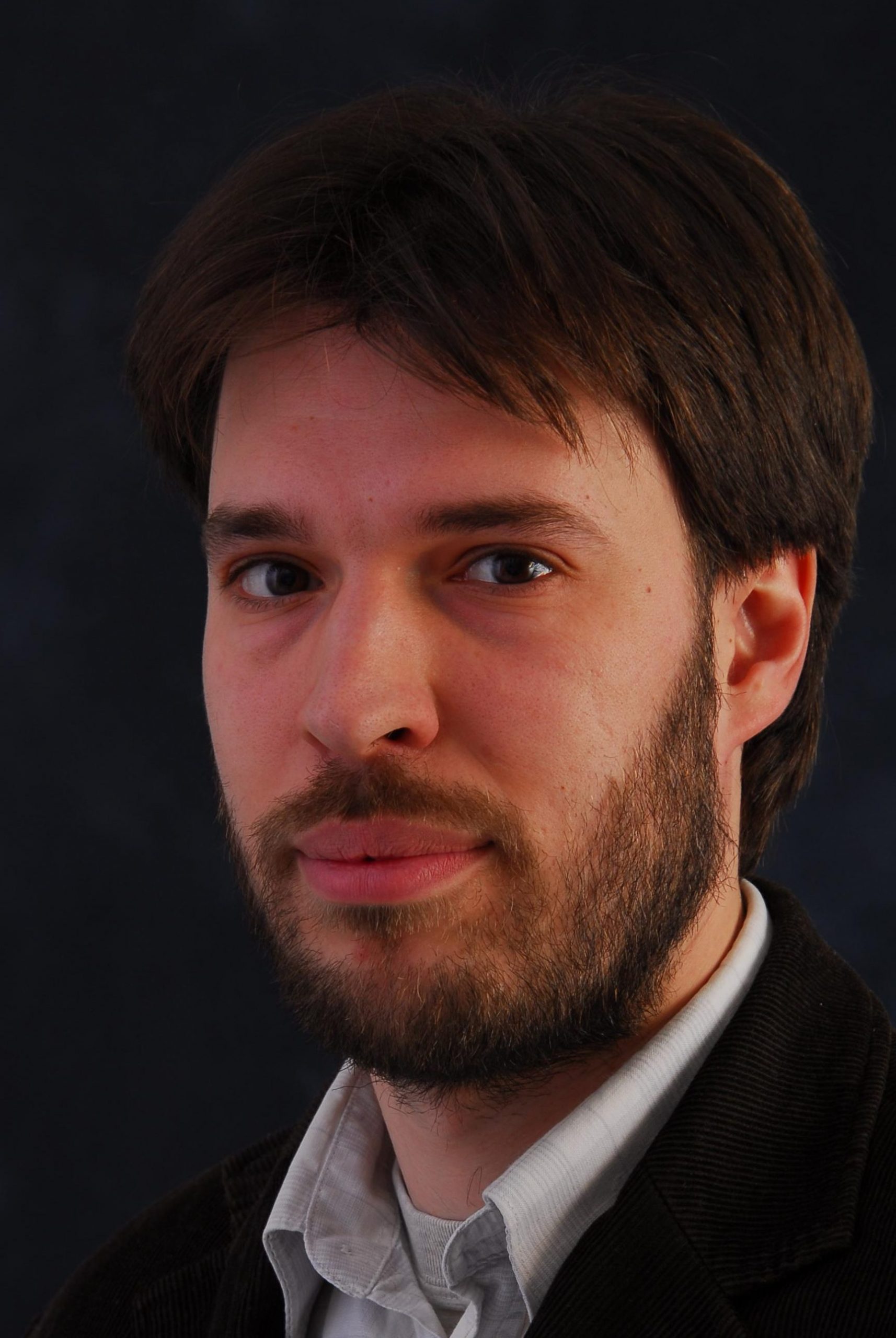
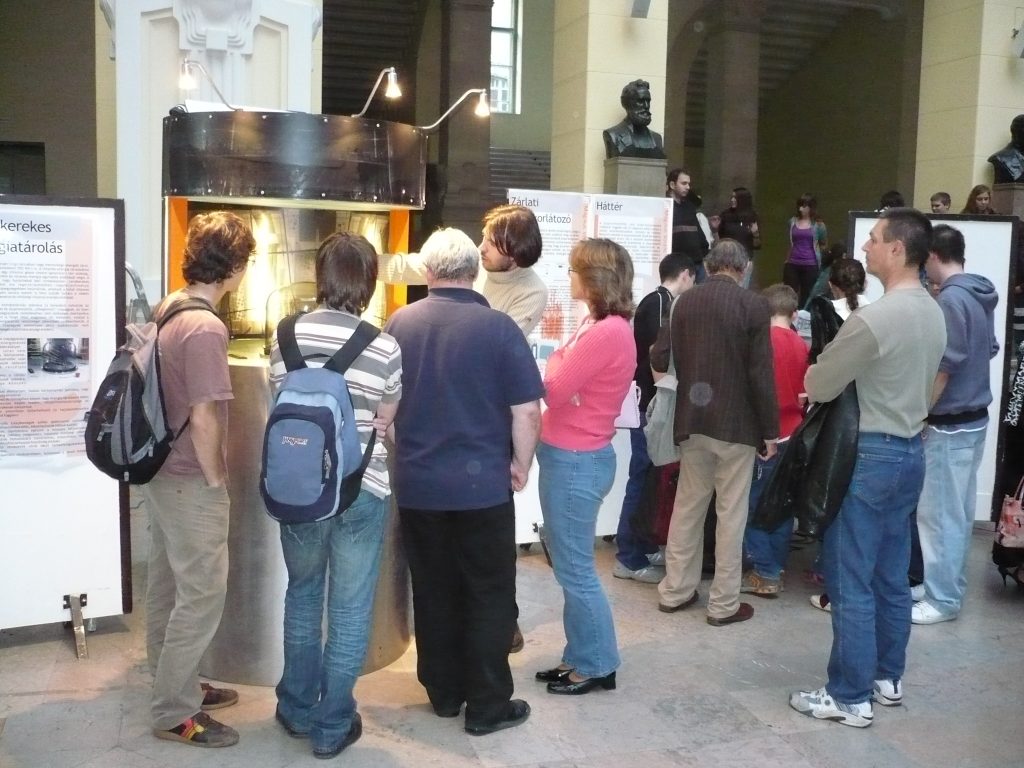
Levitated flywheel energy storage with superconducting bearings demo on an exhibition at Budapest University of Technology and Economics
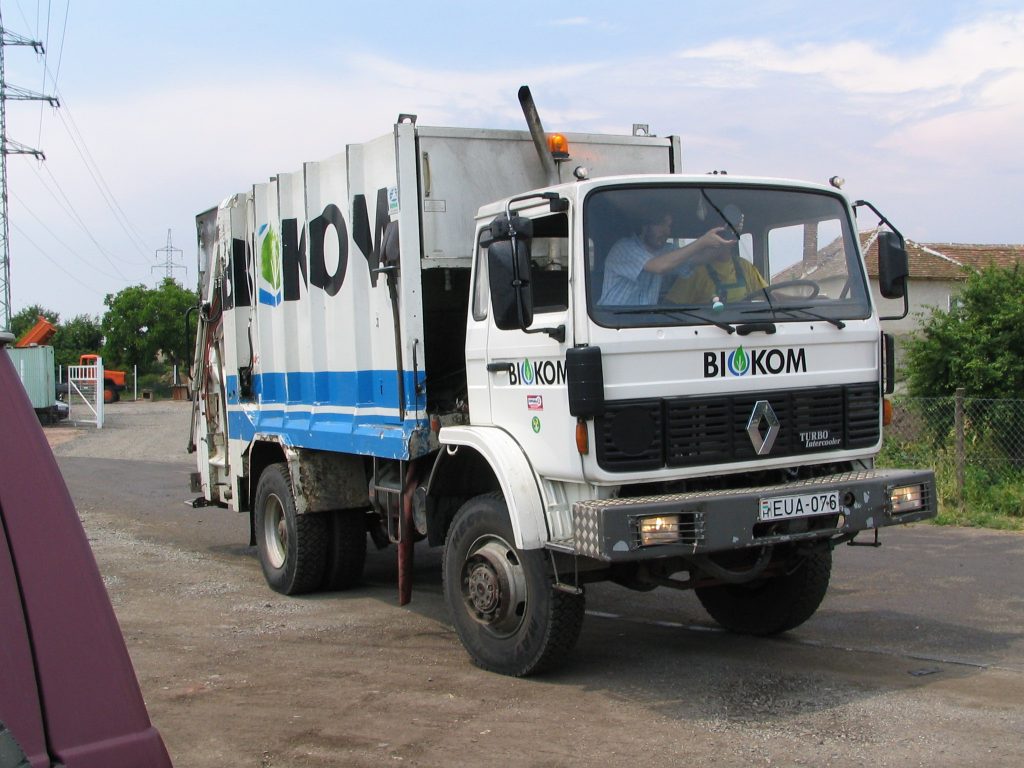
Vehicle dynamics tests with a bin lorry in Pecs, Hungary
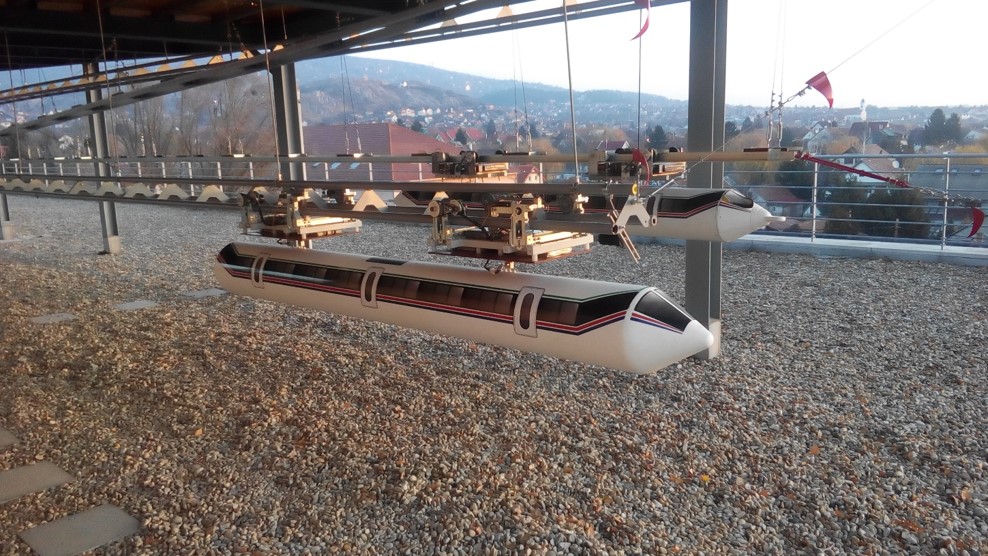
Suspended battery powered electric railway model with 4 driven axis
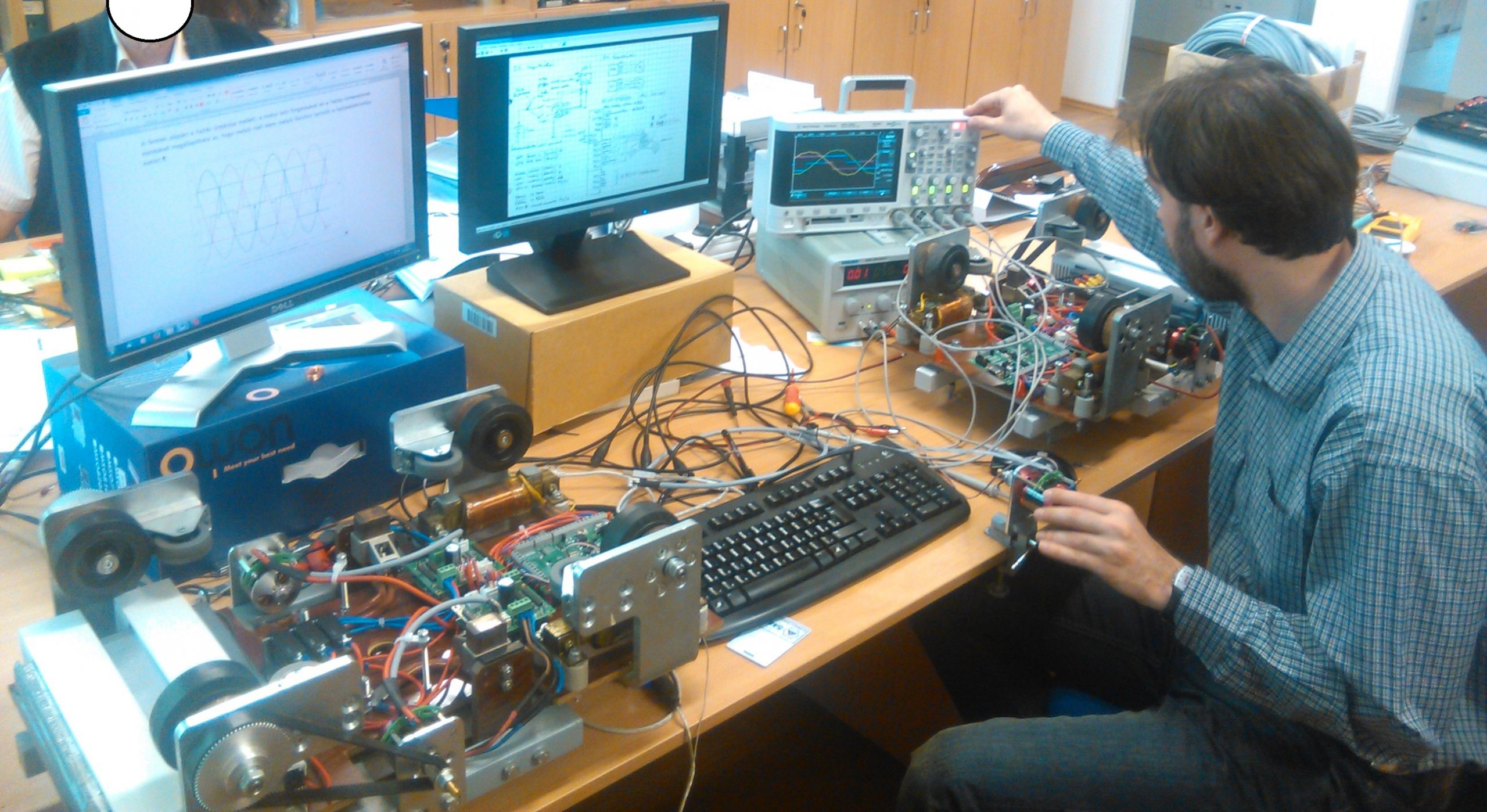
Servo drive tuning and tests
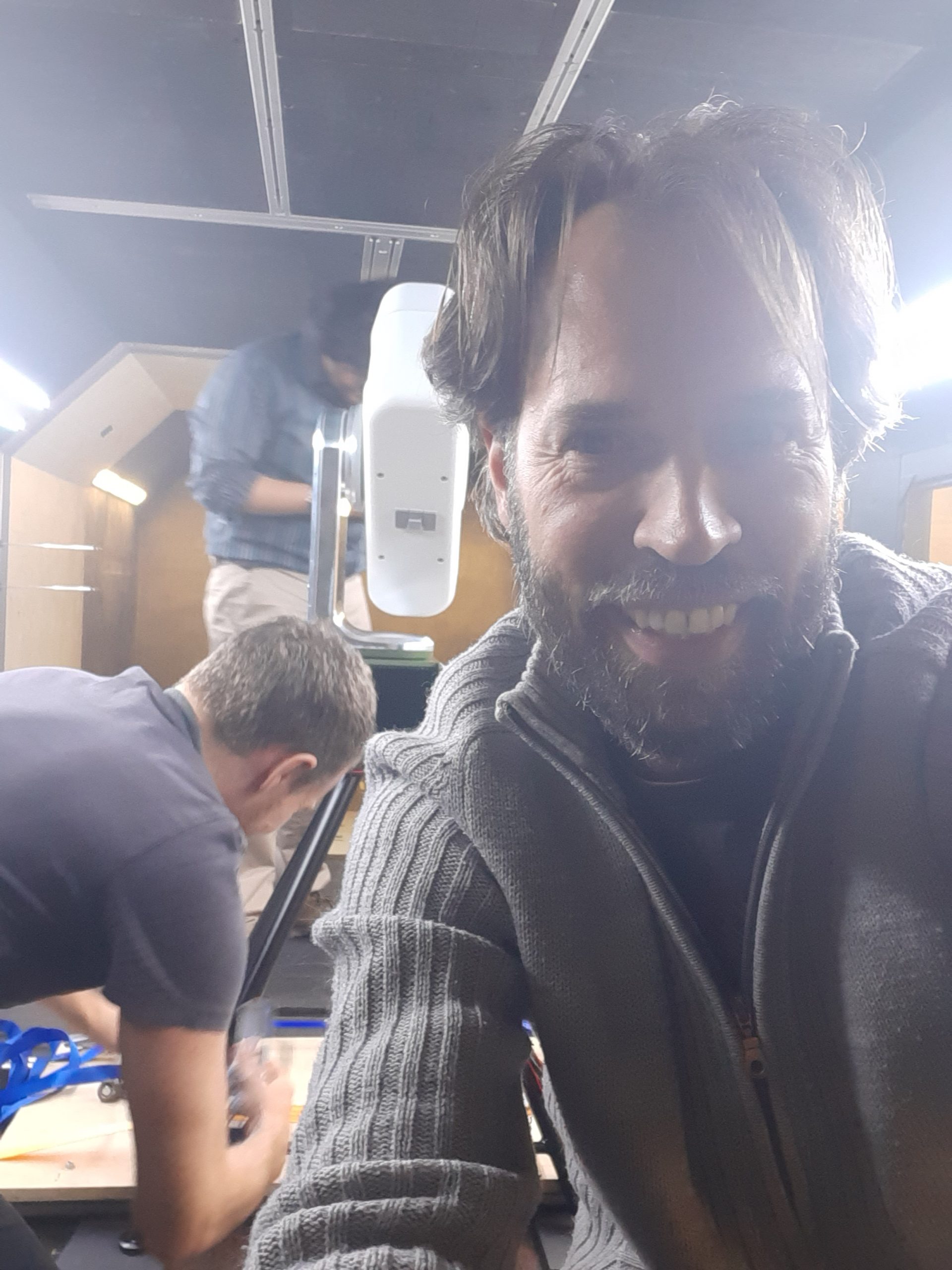
Pan-tilt servo system test with form and mass equivalent tilt-head in a wind-tunnel at University of Southampton
Zalan Kohari, Phd electrical engineer
Hey there, I’m Zalan founder and co-owner of Stellar Electromagnetics Ltd. Thank you for visiting our company’s website and I am happy to introduce myself to you and give an insight of the why’s and how’s.
I always wanted to be an engineer, I had been fascinated by my father’s big drawings on our kitchen table and his messy cabinet full of electronic components, cables, lightbulbs and motors. He was very good at turning them into some magic. I was mostly impressed about moving and turning stuff and spent ages playing with our model trains.
I started university (Budapest University of Technology and Economics) in 1995 and from the very beginning I knew that I will choose specialisation in electrical machines. I am still not sure where this love came from, but it was there and I followed it.
By the time I started the “Energy converters” specialty, the old university system was in its ruins in Hungary as the whole country was looking for a new path out of socialism and the heritage of the Eastern Block, but the new path was still blurry if not invisible.
Government funding was reduced year by year and university staff was forced to start earning an increasing part of their salary by working for the industry. It meant solving more practical problems and less theoretical ones. It often required more management skills than scientific skills. Many good professors retired being unable or unwilling to adapt to the new situation.
However, it was also a wonderful era of new possibilities. There were many scholarships available and as the power industry was traditionally very strong in Hungary, and there were exciting industrial projects available for good students like me.
Enchanted by the magic of superconductivity and its possible benefits I joined a group called the “Supertech Consortium” at the university, led by professor Istvan Vajda. We promoted superconductivity, built demonstration devices such as inductive fault current limiters, a levitated train over a permanent magnetic railway and flywheel energy storages with a special disc-type motor/generator with levitated rotor. This latter was my design.
We built demonstrators for a whole exhibition called “Superlife”, which was funded by the European Union. We cooperated with excellent engineers and scientists from many countries and our devices were exhibited in many cities all around Europe. I was there at some as member of the maintenance and or operator team in Budapest, Caen, Grenoble and Oxford.
We did research as well and participated many ASC and EUCAS conferences of this period, which are biannual conferences on superconductivity in the USA and in Europe. We often presented our results in front of the best scientists of the field from all around the world.
While working on my superconducting flywheel energy storage systems, we got a project from Hyundai Heavy Industries in 2004 to support them in developing a new motor design software for large permanent magnet ship propulsion motors in the MW range. I was part of the team, designed a very successful sinusoidal downsized 20 kW prototype and managed the manufacturing of it.
We had other interesting projects too. We participated in developing an all-electric communal vehicle and a bus with Ganz Transelectro Közlekedési Zrt. a well-known Hungarian company that time, who had delivered 30 trolleybuses for Rome with battery operation possible (where overhead lines were not permitted e.g. near the Colosseum). Unfortunately, the this company started having financial difficulties soon after the project had been launched so the developments had to be cancelled.
Still, these projects made possible for me to become familiar with many aspects of motor and generator design and manufacturing and about this time I started considering myself an electromagnetic design engineer of rotating machines.
In 2011 after successfully defending my PhD theses on design and optimisation of superconducting flywheel energy storages, I left the university and joined the industry.
I led a special department at Műszer Automatika Kft in Hungary, where a small team developed hub motors and their control electronics. We successfully built some experimental battery powered electric motorcycles with 3.5kW peak power. Sometimes I used one of them to commute to work.
During this development I learned low-level microcontroller programming. I worked with Atmel Studio initially and then Code Composer Studio. I programmed field-oriented control with velocity control based on digital hall sensors, and sinusoidal current supply. I started using MATLAB and LTSpice for simulation of the control system and the control electronics and used COMSOL for multi-physics modelling such joint operation of the supply and the electromagnetics of the rotating machine and I also made thermal simulations and calculations.
As a small team of mechanical engineers, PCB design engineers and I, we worked very closely together and advanced quite quickly. I was the project manager, the software engineer (with some external support) and the electromagnetic design engineer in one. Those were quite exciting times. It is an incredible feeling when sitting on a motorcycle which runs your code driving the motor by the power electronics designed by your team and yourself.
In 2019 the company’s interest shifted to battery manufacturing and development of railway safety devices and as I drifted further away from my core electromagnetic design skills, I felt the need to change.
I moved to the UK and joined a company which that time made integrated servo drives mainly for pan-tilt camera systems.
I was focusing on further developing integrated servo solutions. During my almost 5 years I led the development of 3 new servo drives. Added new features like current vector control, 3rd order interruptible trajectory generation, stabilisation based on an MEMS IMU, etc. These additions brought the company to a completely new technical level. The company’s revenue increased by about 40% from 2019 to 2023.
I really loved this work. Again a small team of mechanical, electrical, software, electromagnetic and manufacturing engineers closely cooperated to develop a product.
However, history repeated itself. The company’s focus shifted to higher level software solutions and I started feeling that I needed to move again.
I resigned in October, 2023 without having a next company to join (just like I did it before) and started interviewing. After three months and many good interviews but no offers, I decided to start my own company.
Stellar Electromagnetics Ltd. was born on 6th of December 2023. That is the day when Santa brings presents to children in Hungary.
A few days later I had two possible customers, and I started working for one of them…
I feel very grateful to my very first customers and we are on the way of completing our first project successfully.
I hope many more will follow, and I will be able to support many happy customers along this new and incredible journey…be one of them!